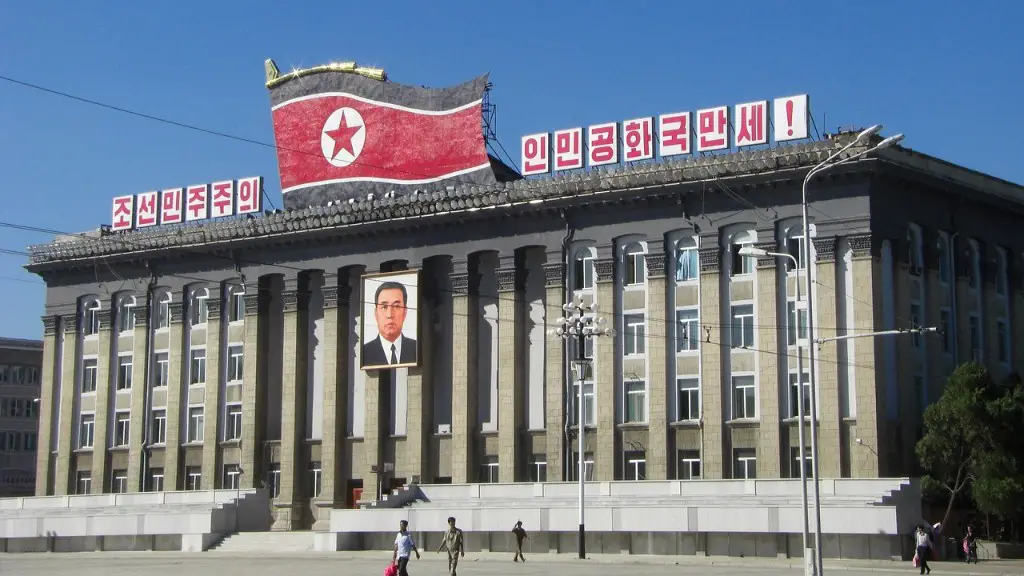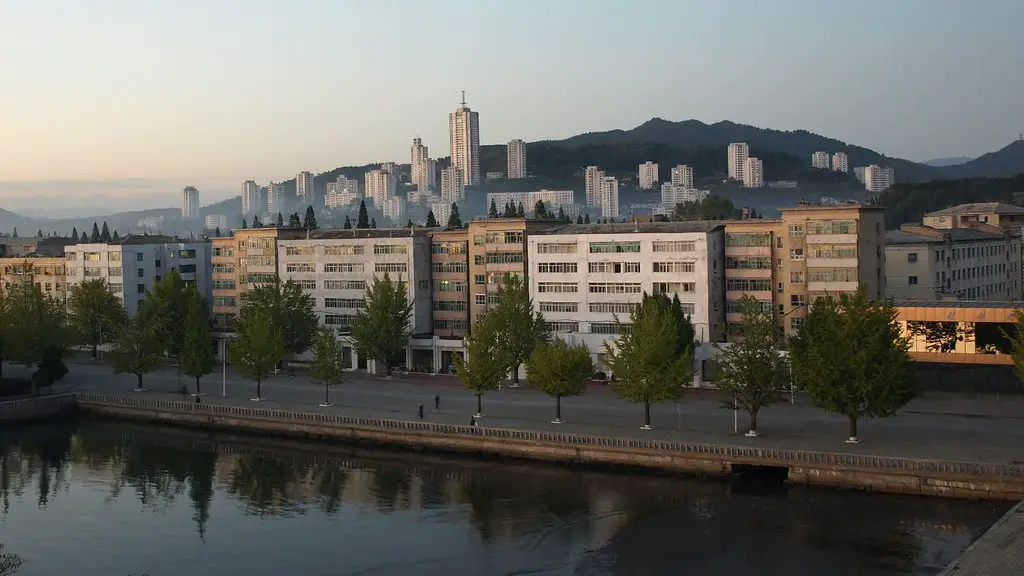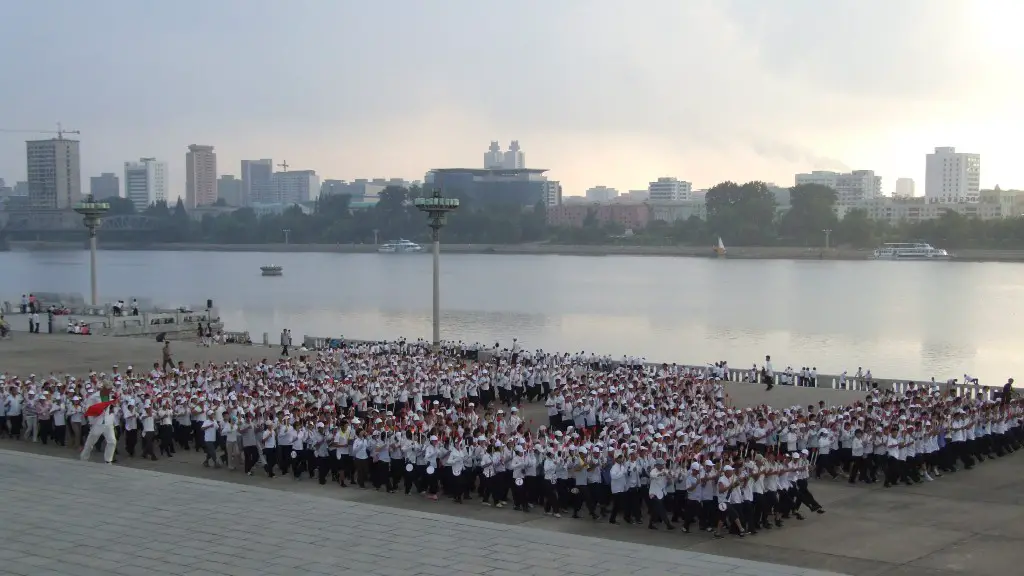Tensions between North and South Korea, two countries divided by one of the most militarised borders in the world, have been rising since 1948. For decades, the inter-Korean hostilities have festered unresolved and escalated in recent years, triggered by provocations by the North. But this year, the two countries have made significant developments towards peace that are inspiring hope.
North and South Korea remain divided by a border called the ‘demilitarised zone’, or DMZ. This area is heavily militarised, dotted with military bases and webbed with minefields. Between 1953, when the war ended, and 2018, there have been multiple attempts to ease tensions between the two countries. However, numerous attempts have broken down or failed, resulting in resurgences of hostility.
To understanding the current development towards peace, it’s important to look at the events that took place earlier this year. In April 2018, South Korean President Moon Jae-in and North Korean leader Kim Jong-un met in the demilitarised zone for the first ever meeting between the two leaders. This marked an historic thawing of relations between the two countries. Following the meeting, the countries agreed to sign a comprehensive military agreement and exchanged praises, agreeing to peace and denuclearisation talks.
In continuation of the inter-Korean peace process, North and South Korean leaders met again in September 2018. This time, the two sides had a much more substantial conversation and conducted a joint survey of railways in the North to see if they could possibly be connected to the South. The agreement also includes a plan for military demobilisation in areas close to the border, a joint economic development effort, and more attempts to boost South Korean links with North Korean infrastructure.
International observers consider these conversations a significant step towards peace and a break from the cycle of provocation and hostility. But the situation is far from resolved: both sides have yet to weaken their militarised zones, and the international community – largely due to US President Donald Trump’s rhetoric – remains sceptical and wary of North Korea’s motivations. The consensus is that the success of future negotiations depends on North Korea’s willingness to actually carry out the measures it has agreed on.
Bridge of Goodwill
In the midst of military talks, leaders on both sides are taking steps to ease tensions beyond just military issues. In October 2018, South Korea proposed to build a ‘bridge of goodwill’ that links the two Koreas, a symbol of unity and a practical link for economic cooperation. South Korea also proposed that the countries jointly participate in the 2020 Tokyo Olympics, a gesture of further unification. These moves undoubtedly represent a massive shift from the bombardment of threats and accusations of the past and hope for a more peaceful future.
Sanctions
The United Nations Security Council (UNSC) is maintaining sanctions on the North to curb its nuclear ambitions. The US and China are, however, both in favour of loosening sanctions if North Korea exhibits restraint when it comes to inter-Korean relations. The US and China want to see the nuclear issue resolved before other issues are addressed, and this may be the only way to get North Korea to abandon its weapons programs.
US Perspective
The US has played a critical role in the inter-Korean peace process. President Donald Trump softened his stance on the North after meeting with Kim Jong-un in June, and the US has promised to help the two Koreas improve their relations. The US, however, maintains its own sanctions against the North and is cautious about any eventual peace agreement. The US sees a peace treaty as the only way for North Korea to sign a treaty committing to denuclearisation, which is key to securing a lasting peace between the two countries.
Impact on Neighbouring Nations
The thawing of relations between North and South Korea is a positive development not just for the two countries, but for their neighbours as well. China, Japan and Russia, among other states, will benefit from improved cross-border cooperation and the potential opening of trade opportunities. Japan in particular is likely to benefit the most due to closer ties with the South and potential investments in the North.
Regional Security Implications
The potential reunification of the two Koreas could result in several changes in the geopolitical landscape of East Asia. It could lead to a reduction of military presence along the border and a more stable security environment. The removal of the world’s last Cold War barriers would also allow for a more integrated and efficient global economy and may even result in increased collaboration in tackling non-traditional security issues in the region, such as climate change and water shortages.
Cultural & Economic Implications
Another long-term implication of a peaceful inter-Korean relationship could be a cultural exchange between the two sides. This could facilitate a greater understanding of one another’s culture and pave the way for a more unified nation in the future. And, if the countries are able to peacefully reunify, it could lead to the establishment of a vast trading market, which could be extremely beneficial to the region.
Conclusion
The developments in North and South Korea in 2018 provide hope for a more unified and peaceful peninsula. The two sides have shown remarkable commitment to bettering their relationship, but many tough and unresolved issues remain. The willingness of other countries to assist in the process, coupled with the courage and leadership of North and South Korea, could be key to ensuring a truly lasting peace.



